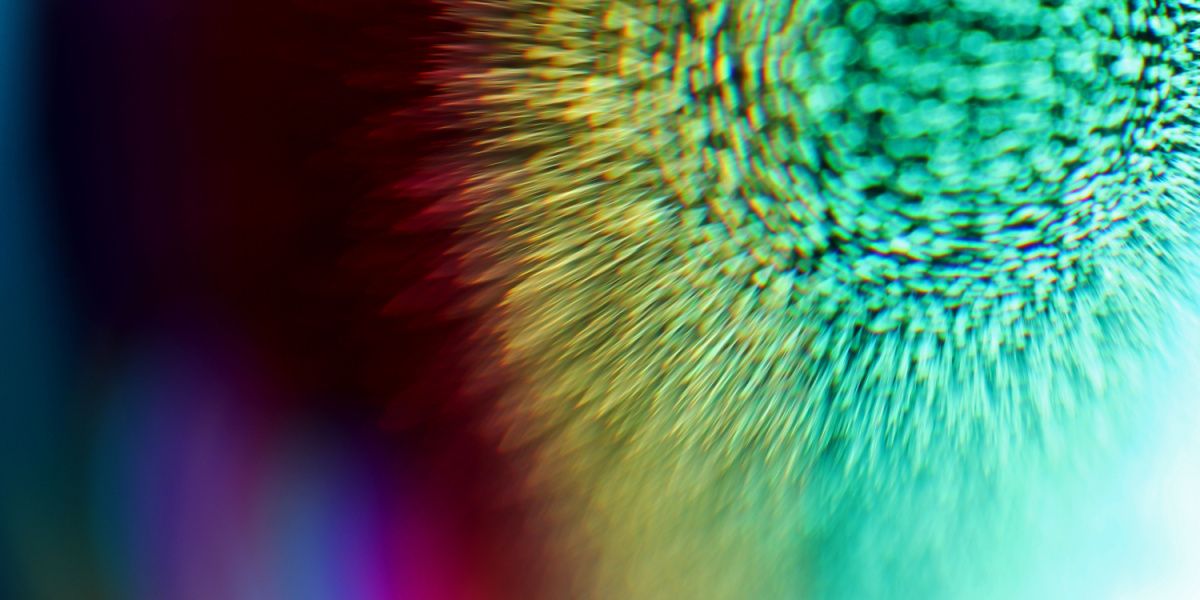In recent years, ketamine has become increasingly popular as an alternative to conventional antidepressant medications. For those suffering from severe depression and unresponsive to standard medication, ketamine has proven to be a successful alternative that saves lives across America and the world. But how does ketamine work as a treatment for depression?
- Ketamine treatment for depression is only used for adults who have had no success with traditional antidepressants like SSRIs or SARIs, have severe depression or have been suicidal.
- Patients who are resistant to depression treatment will be administered esketamine twice a week for up to four weeks, once a week for another four weeks, then once a week or every two weeks thereafter, which is a total treatment time of nine weeks or more.
- While the benefits of ketamine infusions as a treatment for depression have proven positive, there are side effects that may occur from taking the drug that can have negative consequences.

Ketamine as a treatment for depression
Since 2019, ketamine has also been available as a treatment-resistant alternative for those suffering from depression. The drug is in the S(+) enantiomer form of ketamine (esketamine) and is provided as a nasal spray called Spravato®.[1] Pharmacies must be enrolled in a special program called REMS (Risk Evaluation and Mitigation Strategy) to dispense this medication.
This form of treatment for depression is only used for adults who have had no success with traditional antidepressants like SSRIs or SARIs, have severe depression, or have been suicidal.[2] Most patients need to continue taking their course of antidepressants and must enroll in REMS to take the medication.
Doctors will administer the nasal spray and monitor the patient for two hours afterward to check for any side effects. Patients who are resistant to depression treatment will be administered esketamine twice a week for up to four weeks, once a week for another 4 weeks, then once a week or every two weeks thereafter.
As there is still the potential for abuse and dependence on esketamine, the FDA has put a black box warning on the packaging. This warning also lists the risk of sedation, lack of attention, and risk of suicidal ideation and behaviors.[2]
How does ketamine work to treat depression?
Ketamine use for treating depression is still relatively new. How the drug works and why it is effective in treating depressive disorders is not entirely known. It is also not clear why those who find success with ketamine were not successful with conventional antidepressant medications.
The most commonly accepted theory is that ketamine binds to N-methyl-D-aspartate (NMDA) receptors in the brain and releases inhibition of other brain pathways, particularly other receptors known as α-amino-3-hydroxy-5-methyl-4-isoxazole propionic acid (AMPA receptors).[3] The blockade of NMDA leads to the activation of AMPA receptors through glutamate production, which is believed to release molecules that subsequently generate new neural pathways. This process, known as synaptogenesis, is believed to affect thought patterns, cognition, and mood.[3]
What are the possible side effects of ketamine infusions for depression treatment?
While the benefits of ketamine infusions as a treatment for depression have proven positive, there are side effects that may occur from taking the drug that can have negative consequences. However, these side effects may not outweigh those of ongoing or long-term depression.
- Possible side effects of ketamine infusion include:
- Nausea/vomiting
- Increased blood pressure
- Dissociation (out-of-body-experience)
- Perceptual disturbances (increased awareness/stimulation of noises, colors, textures, the passage of time)[4]
For most people receiving ketamine infusions, these side effects (notably those involving dissociation and perception) are often felt more during the first infusion and end very soon after. These effects can also often be felt with the esketamine nasal spray, though the timing and intensity of these effects may be a little different. Read here to learn more about the effects of ketamine and how long it stays in your system.
Related: The Potential Development of Safer Psychedelics for Mental Health Treatment
Is it legal to self-administer ketamine for depression?
While esketamine treatment for depression is legal, there are other methods of ketamine administration that are not approved by the FDA but are still used in a medical setting. These include IV infusions and injections administered at a doctor's office and lozenges to be taken at home between treatments.[2]
While these forms of administration are less widely used than nasal spray treatments they are still legal in most states and safe to use. However, these forms of treatment come with the risk of abuse and dependence if use isn’t monitored closely.
Some people who take ketamine may become dependent and seek the substance outside of medical channels to self-medicate. Some will occasionally microdose the substance, which is when one takes small amounts sporadically to maintain calm without fully experiencing the high felt when taken in large amounts.
Even the practice of microdosing, while not as risky as non-medical drug use, is still illegal and unsafe.[5] People with mental health conditions are vulnerable to the hallucinogenic effects and the reality distortion that can accompany non-medical and unsupervised use of ketamine, resulting in sizable emotional distress. Therefore, working under the guidance of a healthcare professional safeguards your health and contributes to your success.
You can learn more about the legal status of ketamine in our ketamine controlled substance guide.




